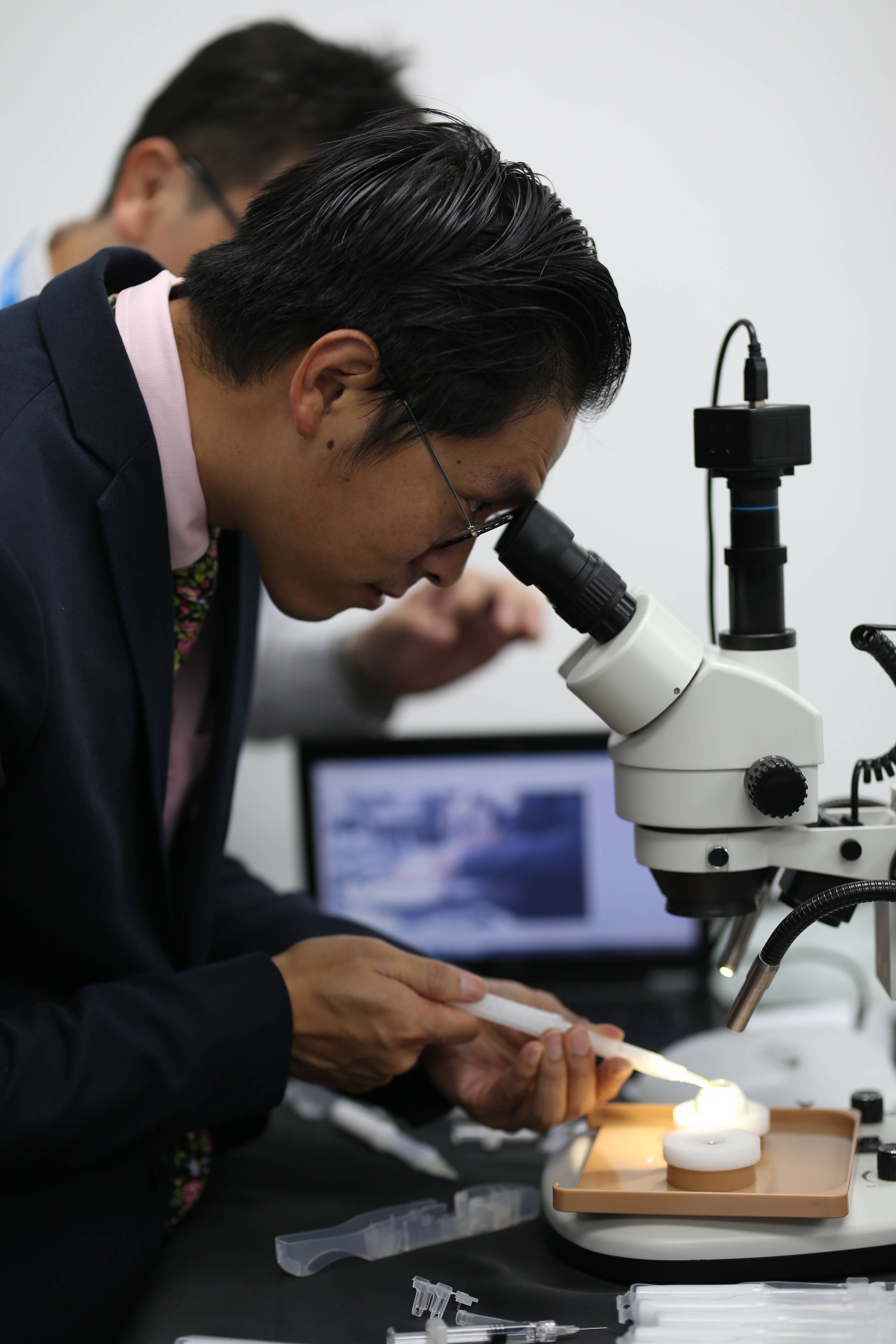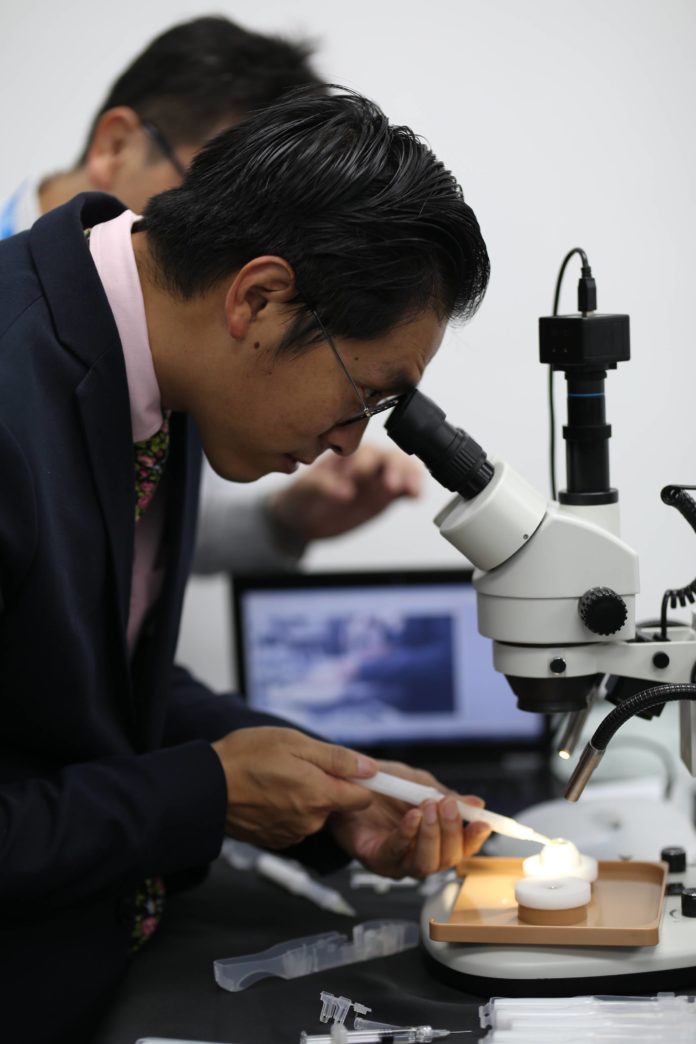SINGAPORE: Optics technology firm Hoya Corporation’s intraocular lenses manufacturing division Hoya Surgical Optics (HSO) opened its global research and development (R&D) facility in Singapore on Tuesday (16 Jan).
Intraocular lenses are artificial lenses used to treat cataracts by replacing the eye’s natural lenses during surgery.
The new centre is the division’s second R&D facility, with the first being in Japan.
Mr John Goltermann Lassen, the chief executive of HSO, declined to disclose the cost of the research facility, or the number of jobs it will create, but said that the company will be looking for “people that are researchers (who) would be able to contribute biomedical (and) process technology research”.
“We are looking at technologies that would come to market three, four, five years from today,” Mr Lassen said.
The move to Singapore was “natural”, Mr Lassen added, as HSO’s global headquarters and manufacturing plant are already located in Singapore.
Singapore also has a strong ophthalmology and biomedical presence in the world, he said, and the move will “give us close proximity to our people and allows us to formalise collaborations with Singapore’s eye community.”
He said that the research centre will look at developing higher-quality lenses that can avoid some of the side effects of cataract surgery.

Managing director of the Singapore Economic Development Board Chng Kai Fong during a hands-on demonstration. (Photo: Hoya)
According to National University Hospital’s Dr Clement Tan, who is the head and senior consultant at the Department of Ophthalmology, even after a successful operation, lens cells can grow back in as fast as one to two years, causing vision to cloud again.
“It will be lovely to have lenses that consistently prevent the regrowth of these cells (so that) patients would not need to undergo a second procedure,’’ Dr Tan said.
CATARACTS A GROWING CONCERN
The new facility comes at a time when the prevalence of cataracts in Asia is likely to increase due to the region’s ageing population, HSO said in a press release.
According to the World Health Organization, cataracts is the leading cause of blindness worldwide, and the second-most common cause of moderate to severe vision impairment.
The number of people with vision impairment could increase exponentially due to population growth and ageing, the WHO wrote. It is estimated that by 2020, 38.5 million people will be blind. That figure could triple to 115 million by 2050.
Accoding to data from Singapore Health Services, more than 80 per cent of people above 60 years old in Singapore have some form of cataracts, and more than 30,000 procedures are carried out every year.
While Singapore is “well-served where cataracts are concerned”, Dr Tan said, the access to cataracts treatment is still a challenge in other countries.
“(There are) lots of people with cataracts, (but) not enough people with doctors, not enough access to surgery. So the big challenge is getting the patients surgery and … bringing down the cost of cataract surgery and the implant so that it becomes affordable,” he said.
(From left) Hoya CEO Hiroshi Suzuki, managing director of the Singapore Economic Development Board Chng Kai Fong, and Hoya Surgical Optics chief executive John Goltermann Lassen. (Photo: Hoya)
HSO’s new facility comes in line with Singapore’s five-year R&D funding plan called the Research, Innovation and Enterprise 2020, or RIE 2020. It has allocated S$4 billion to biomedical research, of which ophthalmology is a focus area, said the Economic Development Board (EDB).
Ms Ho Weng Si, EDB’s director of biomedical sciences, said that it has been working with companies such as Hoya and Essilor to establish Singapore as a centre for ophthalmology research.





